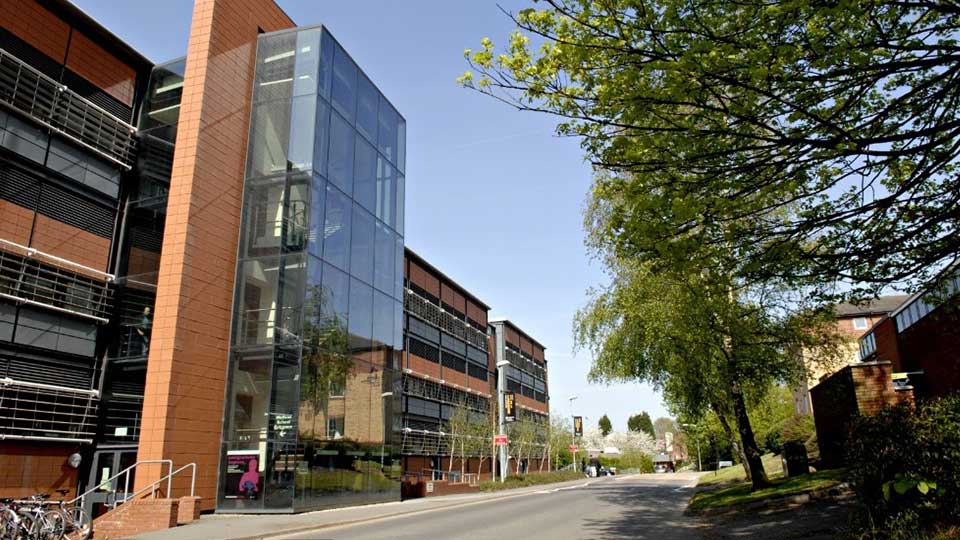Triboelectric Nanogenerators (TENG) converts ambient movements such as human motion, machine vibrations and wind or wave energy into electrical signals. It can be used to harvest energy to help power electronic devices or in sensor technology to monitor a person’s various health conditions.
The new theory, called the sliding mode distance-dependent electric field (DDEF) theory, now gives a full explanation of how TENG devices work and will help in overcoming some of the more difficult challenges experienced by academics in this field, since its invention in 2012.
PhD student of Wolfson School for Mechanical, Electrical and Manufacturing Engineering, Mr Rameesh Bulathsinghala, said these latest findings can help solve a number of serious issues within the research field: “There are several things that the model does, which weren’t possible with existing knowledge – including allowing us to model and predict the electrical outputs of a sliding TENG, with the highest accuracy to date. This gives engineers and designers a lot more freedom to create better performing and customised devices such as wearable electronics for health monitoring.
“Our study shows that engineering and controlling some of these factors are critical to obtain higher outputs, to reduce their size to make these devices more unobtrusive thus allowing them to blend in more effectively whilst improving their repeatability and reliability.”
Senior Lecturer in the University’s Wolfson School for Mechanical, Electrical and Manufacturing Engineering, Dr Ishara Dharmasena, said: “One of the amazingly unique aspects of our work lies in its versatility and adaptability. Scientists often spend a lot of time and effort in building new models for a substantial number of different TENG designs but these resources wouldn’t be necessary with our model – as it’s universally applicable. This enables us to compare different TENG designs, selecting the most appropriate one for any given application – whether that’s for generating energy from wind or waves to sensing the health of a patient through their daily movement.”
Dr Dharmasena says this breakthrough also ensures ongoing work at Loughborough has received a timely boost: “At the University, our work is mainly focussed on creating super-smart textiles. This is a technology based on TENG to create low cost, unobtrusive and intelligent garments to monitor the health parameters and movements of people.
“Human movement contains elements of contact-separation movement, for example, footfalls and pulses, as well as sliding movement, for example the movement in your underarm area. Previously, our main focus was on contact-separation type movements, however, now we will be able to design and finetune textile TENG that can use sliding movement to capture energy or to work as sensors. This can significantly improve the amount of energy that we can capture using natural body movements or the type of parameters that we can sense for health and activity monitoring purposes.
“People should take note of this development as for the past 13 years, scientists and researchers have been working to create better, more reliable and more efficient TENG designs – which has been a big challenge. Our new work addresses many of these issues which can help propel this technology to successfully develop various practical applications – having that real world impact on people everywhere.”
